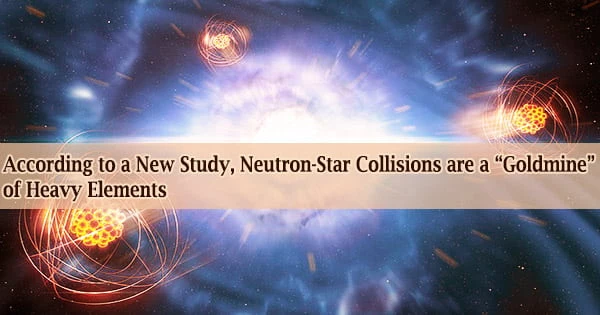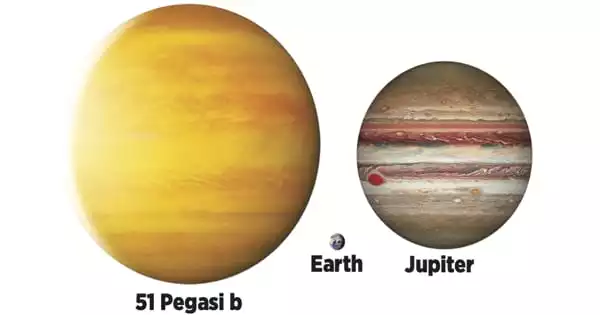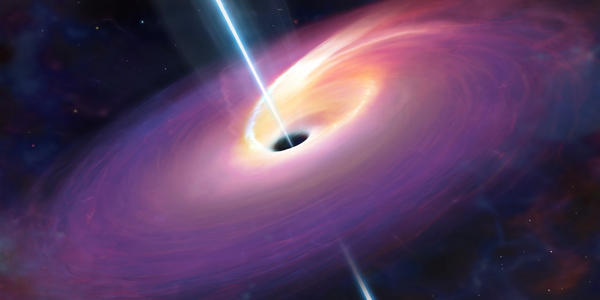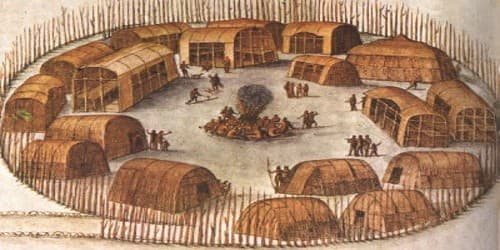In the centers of stars, most elements lighter than iron are forged. The white-hot core of a star fuels proton fusion, pushing them together to form increasingly heavier atoms. Beyond iron, scientists have wondered what may give rise to gold, platinum, and the rest of the universe’s heavy metals, which require more energy to develop than a star can provide.
According to a new study by MIT and the University of New Hampshire, one of two long-suspected heavy metal sources is more of a goldmine than the other.
Neutron stars are massive stellar objects around 1.4 times the mass of the sun that are the size of cities. These tiny particles, which were born from the explosion of another, larger star, deliver quite a punch. The mass of neutron stars is contained inside a 20-kilometer (12.4-mile) diameter.

In the last 2.5 billion years, more heavy metals were generated in binary neutron star mergers, or collisions between two neutron stars, than in mergers between a neutron star and a black hole, according to a study published today in Astrophysical Journal Letters.
On average, a neutron star’s gravity is 2 billion times greater than Earth’s. In fact, it’s powerful enough to bend the star’s radiation in a process known as gravitational lensing, allowing scientists to see some of the star’s backside.
The research is the first to compare the two types of mergers in terms of heavy metal output, and it shows that binary neutron stars are a potential cosmic source for gold, platinum, and other heavy metals that we see today. Scientists may be able to use the data to predict the rate at which heavy metals are produced throughout the universe.
“What we find exciting about our result is that to some level of confidence we can say binary neutron stars are probably more of a goldmine than neutron star-black hole mergers,” says lead author Hsin-Yu Chen, a postdoc in MIT’s Kavli Institute for Astrophysics and Space Research.
Chen’s co-authors are Salvatore Vitale, assistant professor of physics at MIT, and Francois Foucart of UNH.
The magnitude of gold produced in the merger was equivalent to several times the mass of the Earth. That entirely changed the picture. The math showed that binary neutron stars were a more efficient way to create heavy elements, compared to supernovae.
Hsin-Yu Chen
An efficient flash
Stars require energy to convert protons into heavier elements as they undergo nuclear fusion. Lighter elements, such as hydrogen and iron, are produced efficiently by stars. However, fusing more than the 26 protons in iron is inefficient in terms of energy.
“If you want to go past iron and build heavier elements like gold and platinum, you need some other way to throw protons together,” Vitale says.
Supernovae have long been suspected as a possible solution. In the severe fallout from a large star collapsing in a supernova, the iron at its core might potentially interact with lesser elements to form heavier metals.
However, in 2017, a good possibility was confirmed in the form of a binary neutron star merger, which was observed for the first time by LIGO and Virgo, the US and Italian gravitational-wave observatories, respectively.
The detectors detected gravitational waves, or ripples in space-time, that originated 130 million light-years from Earth as a result of a collision between two neutron stars. The collision collapsed the cores of massive stars, which are packed with neutrons and are among the densest objects in the universe. A flare of light emitted from the cosmic merger had heavy metal traces.
“The magnitude of gold produced in the merger was equivalent to several times the mass of the Earth,” Chen says. “That entirely changed the picture. The math showed that binary neutron stars were a more efficient way to create heavy elements, compared to supernovae.”
A binary goldmine
Chen and her colleagues explored how neutron star mergers may compare to black hole-neutron star collisions. This is another form of merger that LIGO and Virgo have observed, and it could be a heavy metal factory.
Scientists believe that under certain conditions, a black hole may disturb a neutron star, causing it to ignite and spew heavy metals before the black hole consumed the star completely.
The researchers wanted to know how much gold and other heavy metals each sort of merger could create. They focused on the detections of two binary neutron star mergers and two neutron star black hole mergers by LIGO and Virgo so far.
The researchers calculated the mass of each merging item as well as the rotational speed of each black hole, reasoning that a black hole that is too huge or slow would devour a neutron star before it could create heavy elements. They also determined the resistance of each neutron star to being disturbed.
The less likely a star is to churn up heavy elements, the more resistant it is. Based on measurements from LIGO, Virgo, and other observatories, they calculated how often one merging occurs relative to the other.
Finally, the researchers utilized computer models performed by Foucart to calculate the average quantity of gold and other heavy metals produced by each merger, based on various combinations of the objects’ mass, rotation, disruption degree, and rate of occurrence.
Binary neutron star mergers, on average, produce two to 100 times more heavy metals than neutron star-black hole mergers, according to the researchers. The four mergers on which their study was based are thought to have happened in the last 2.5 billion years.
They infer that, at least during this time period, binary neutron star mergers created more heavy elements than neutron star-black hole collisions.
If the black holes had high spins and low masses, the scales might shift in favor of neutron star-black hole mergers. However, in the two mergers discovered so far, scientists have failed to find these kind of black holes.
As LIGO and Virgo observations start next year, Chen and her colleagues anticipate that more detections will enhance the team’s predictions for the rate at which each merger produces heavy elements. These rates, in turn, could aid scientists in determining the age of distant galaxies based on the amount of specific elements found in them.
“You can use heavy metals the same way we use carbon to date dinosaur remains,” Vitale says. “Because all these phenomena have different intrinsic rates and yields of heavy elements, that will affect how you attach a time stamp to a galaxy. So, this kind of study can improve those analyses.”
This research was funded, in part, by NASA, the National Science Foundation, and the LIGO Laboratory.
















